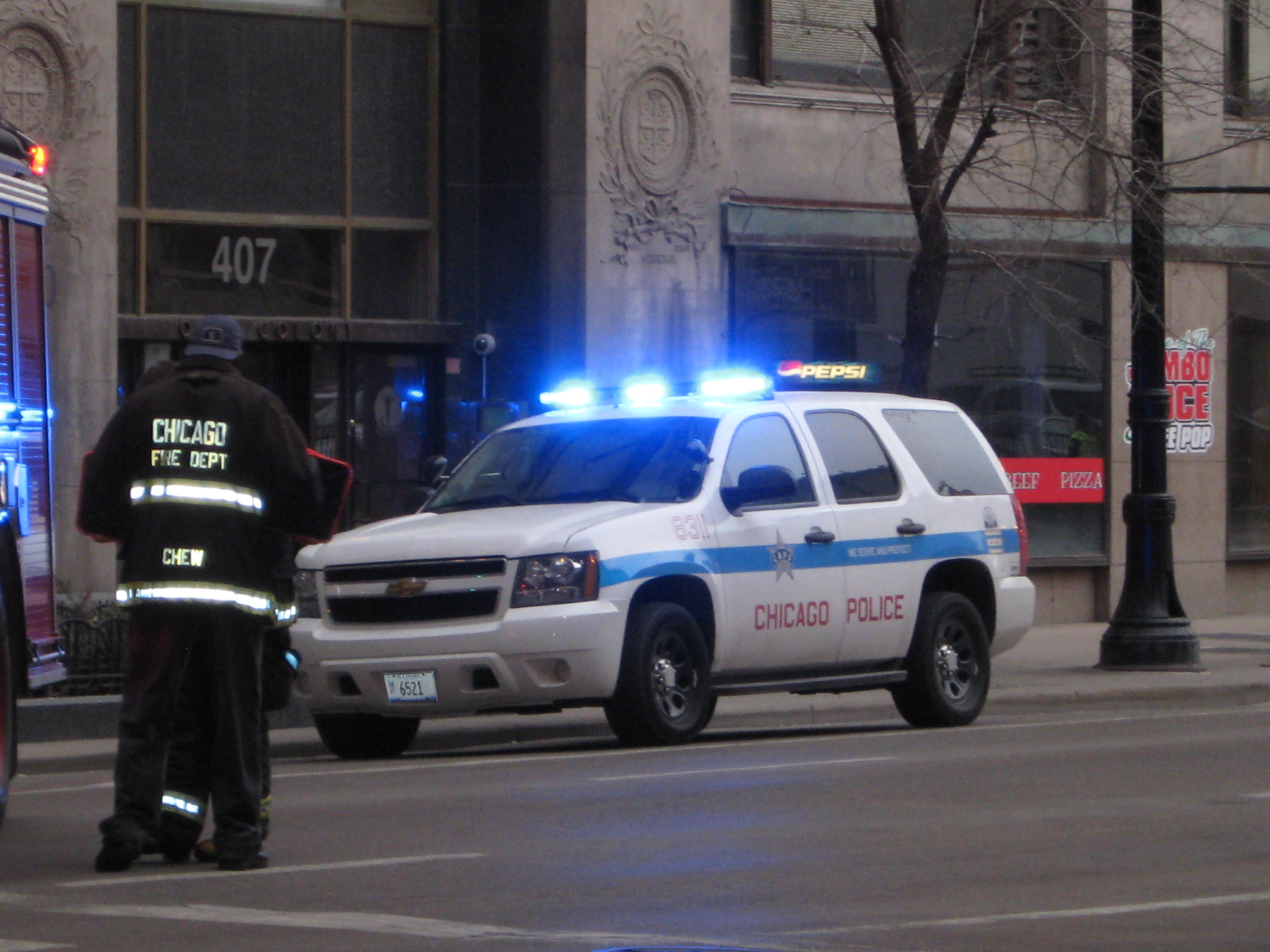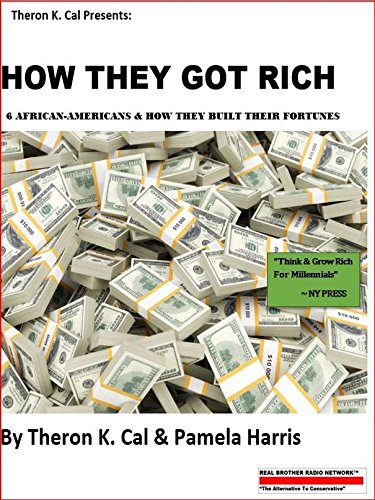
BY FRANK MAIN Staff Reporter December 14, 2013 9:32AM
Chicago is on track to have one of its lowest crime rates in decades, but some neighborhoods on the South and West sides seem stuck in time with persistently high violence rates — an inequality that demands attention, according to a new Yale University study.
Professor Andrew Papachristos also found a greater proportion of murders in the city involve street gang members since the mid-1990s. Murders among rival gangs are on the decrease, but killings among factions within the same gang are on the rise, he wrote.
Mayor Rahm Emanuel pointed to the positive news in the report, saying the drop in crime isn’t a one-year blip, but something historic.
“This is not just 2013 against 2012,” the mayor said. “This is 2013 against the last 40 years. That is what is significant.”
U.S. Attorney General Eric Holder also stressed the positive, saying in a statement: “These findings demonstrate that progress is being made in our efforts to make Chicago a safer place to live, to work, and to raise a family. Through coordinated federal, state, and local action — including Mayor Rahm Emanuel’s innovative strategic policing and citywide crime prevention initiatives — we’re working more efficiently and effectively than ever before to combat gun violence and reduce crime.”
Emanuel took a beating in the media last year when the city’s murder total spiked. Now, though, crime is falling sharply in the city. So far this year, murder is down 19 percent compared with 2012 and 5 percent compared with 2011. And overall crime is down 23 percent over the past two years.
The mayor sat down Friday for an interview, joined by police Supt. Garry McCarthy and Evelyn Diaz, commissioner of the Department of Family and Support Services. Both are instrumental in his effort to attack crime “with policing and prevention,” Emanuel said.
Police say Chicago’s murder total of 392 this year through Friday was the lowest since 1965.
The Yale study notes that “Chicago is by no means the ‘murder capital’ or the ‘crime capital’ of the U.S.”
Chicago ranked 19th among big cities’ violent crime rates in 2012. Detroit was No. 1.
Still, some Chicago communities — such as West Garfield Park on the West Side — continue to suffer from extremely high rates of violence, Papachristos noted.
“There is a lot of work to be done,” he said in an interview. “The work to be done is how to deal with the inequality in the crime rates.”
The violent crime rate for West Garfield Park in 2011 was more than 3,000 crimes per 100,000 people, more than any community in Chicago other than Fuller Park on the South Side. Papachristos’ research showed West Garfield Park was more murderous in the 2000s than in the 1970s.
But even in West Garfield Park, crime has been falling recently. During the past three years, overall crime in the police district that covers West Garfield Park is down 23 percent, murder is down 15 percent and shootings — fatal and nonfatal — are down 24 percent, according to the police.
Most of Chicago’s 77 communities have seen downturns in violent crime over the past three years. But some places considered safe have seen upticks in violent crime over that period, including Beverly and Mt. Greenwood on the Southwest Side; Montclare and Jefferson Park on the Northwest Side; and Lincoln Square and North Park on the North Side. Still, all of those communities have low crime totals — a fraction of West Garfield Park’s numbers.
“Taken together, such community level trends show that nearly all communities in Chicago experienced a decline in murder and overall crime over the past several decades,” Papachristos wrote. “At the same time, however, crime remains persistently in particular communities, especially in socially and economically disadvantaged parts of the city.”
Diaz said her department is attacking crime by “reaching out to young people before their first arrest.” For example, about 1,000 black males ages 14 to 16 were hired this year through the city’s One Summer Plus program. The University of Chicago Crime Lab found the program helped reduce arrests for violent crimes among the youths by 51 percent by providing them with jobs, therapy and mentoring in 2012.
The police, meanwhile, have launched new crime-fighting strategies, including “impact zones” in 20 high-crime areas where off-duty officers and rookie cops have been conducting foot patrols. This year, the city is expected to spend about $93 million on overtime for police officers, including those working off-duty in the impact zones.
McCarthy said the department is following a “more strategic and comprehensive method of reducing crime” than before. And he said commanders are being given more responsibility to attack crime in their districts.
“I am not sure we had the same accountability in the past,” he said.
Emanuel said the bottom line is that he wants to improve the quality of life in every neighborhood. He said he spoke to a mother after police created the first impact zone earlier this year.
“She said, ‘I can now allow my child to walk to school,’ ” the mayor said. “That’s our measure. Her child can now think of his studies on his way to school, not his safety. [But] we have more work to do.”
Email: fmain@suntimes.com


